Being open about our design community and how we recruit
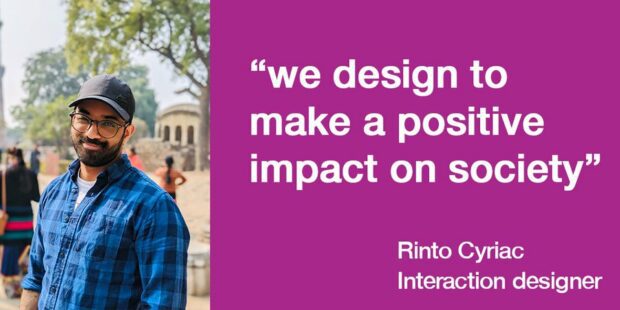
...assumptions you’ll meet real users with real needs tell a story like a maths equation–show your workings out you don’t need to be able to code but it helps you...

...assumptions you’ll meet real users with real needs tell a story like a maths equation–show your workings out you don’t need to be able to code but it helps you...
...team audits our services against other types of users such as: keyboard only - users who have a motor impairment preventing the use of a mouse voice activation - users...
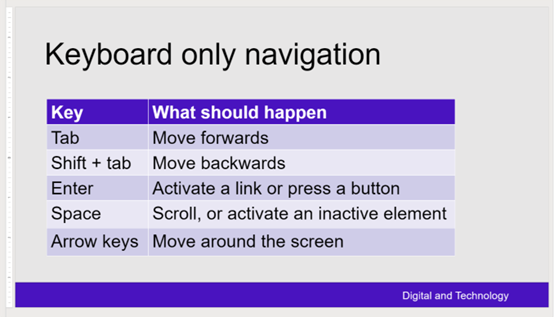
...and how users with accessibility needs are excluded from using them. 5 steps to run your own scavenger hunt 1. Choose what assistive technology to use. Something that everyone can...
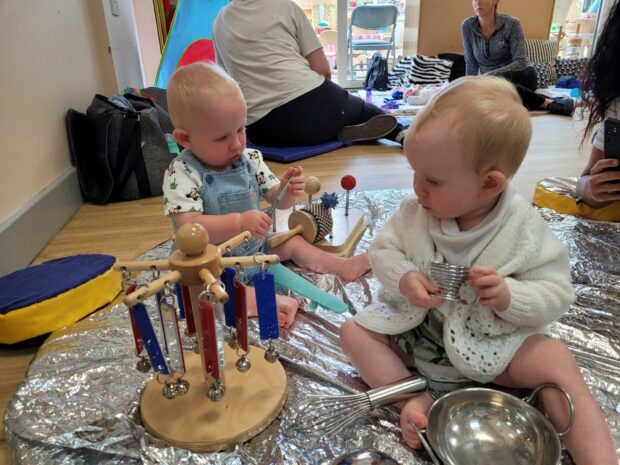
...through a tough time. People can access vital services, from advice on pregnancy and infant feeding to help with benefits, domestic abuse and substance misuse. To make sure people can...
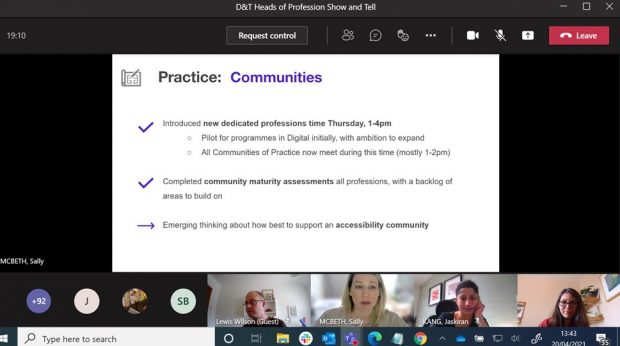
...shaping our teams, our processes, and our strategy to be responsive to our users' needs. If we need to prioritise something new and unexpected, we'll need ready-formed teams to pivot...
...accessible car parking space close to the office entrance to a particular type of office chair. Diversity networks and groups These groups work across DfE to educate and engage people...
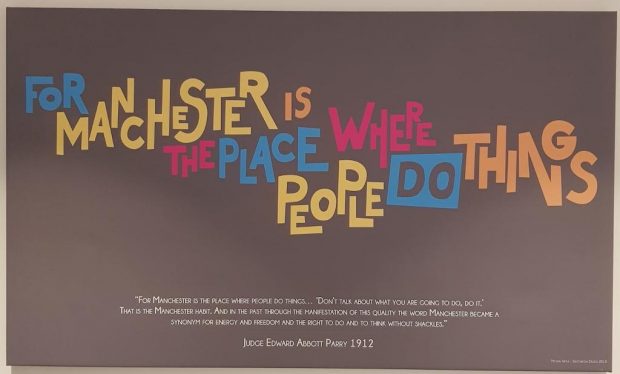
...users in their schools, colleagues or code clubs is something we’re very keen to do. Similarly we’d like to host our own code clubs, communities and groups here at our...

...session to focus on the work each person in our team had done, we decided to show how we collectively solved the challenges around: user research service design technology We...
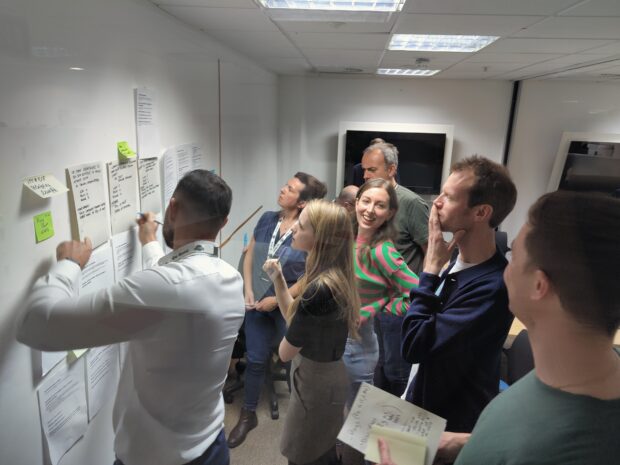
...to further experiments around how to increase conversion in this part of the journey. Our Principal Technical Architect led on improving how we track people as they interact with our...
...it made you think about cybersecurity beyond the mandatory. To start thinking how can I use this to solve a problem and what does it mean in a wider context?...
Recent Comments